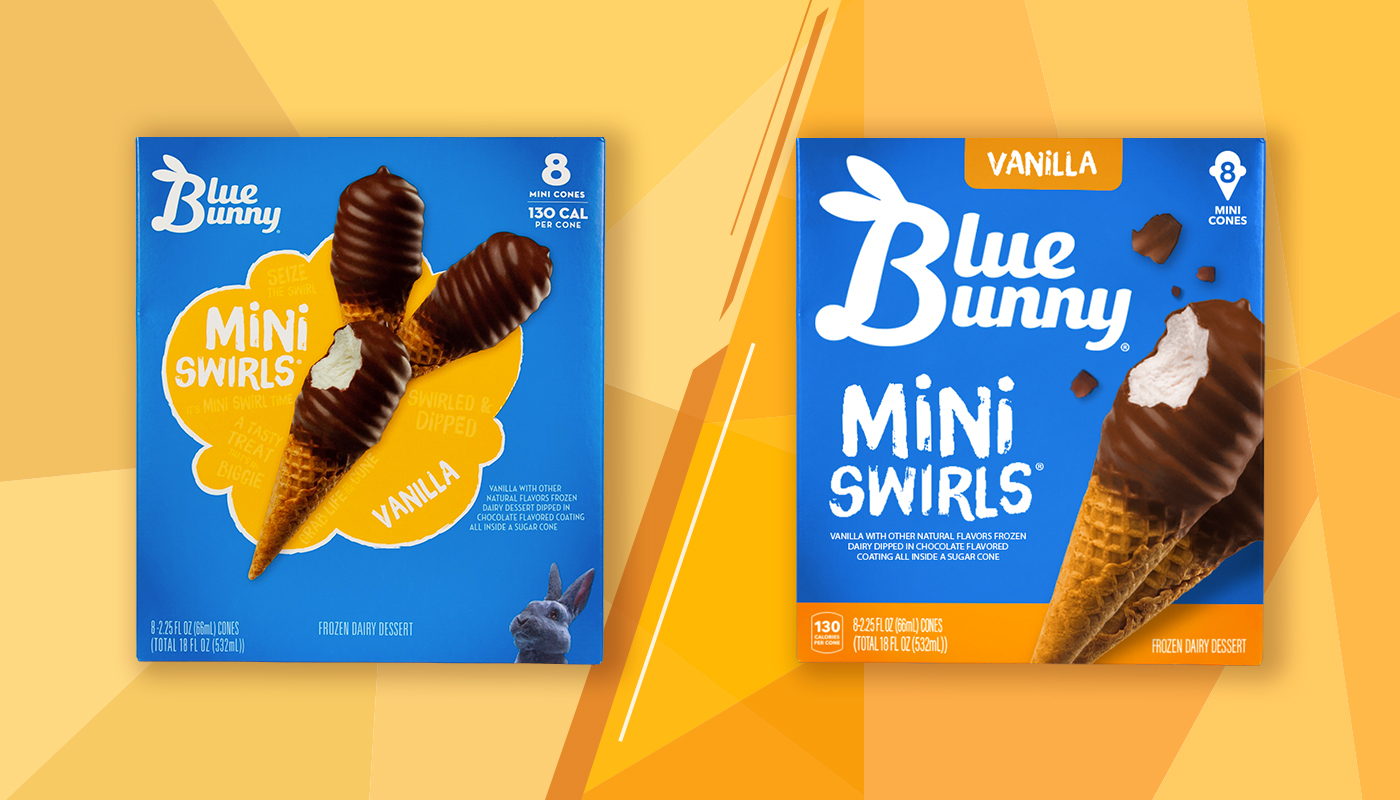Students Used Consumer Research to Redesign Major Brands’ Packaging, and the Results are Awesome
By
Published
Filed under

By
Published
Filed under

When brands redesign a package, most of the robust consumer research occurs at the end of the process after they select the new design.
But what if designers had access to helpful data early in the process when it could still have a meaningful impact on creative development—such as when setting the design strategy and iterating on initial concepts? Designalytics, a research company focused exclusively on design performance measurement, has been posing the same question for the past few years. One way they’ve answered it is by partnering pro bono with colleges on an experiment, asking: Can design students, armed with the right information at the right time, develop updated packaging for a major brand that outperforms its current design?
This past semester, four seniors at the Pennsylvania College of Art & Design (PCAD) undertook this challenge. They were given realistic guardrails—for example, they couldn’t reinvent the brand’s logo or throw out a highly-distinctive asset. “Most art schools give assignments that are pretty pie-in-the-sky, where the student chooses something aligned with their interests and they develop everything. Good instructors make them flex their muscles in other ways,” said Tom Newsmaster, an instructor at PCAD and principal at FORCEpkg, a design and branding agency.
Get unlimited access to latest industry news, 27,000+ articles and case studies.
Have an account? Sign in